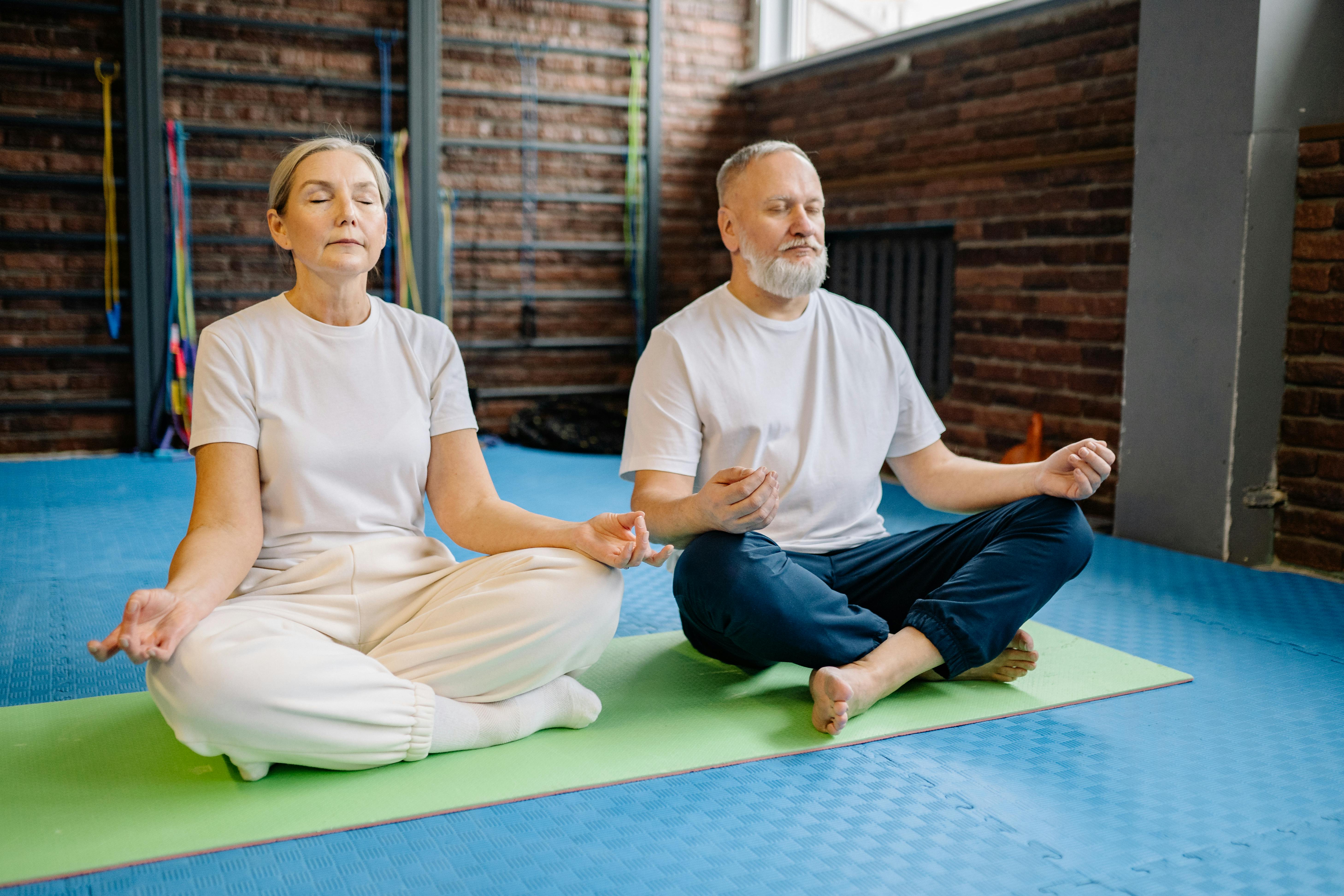Isometric exercises come in numerous styles, with numerous results for each style. This ranges from the more endurance-based isometrics of yoga and soft-style martial arts to the more intense isometrics required for gymnastics and strongman feats. All styles of isometry seem to encompass one aspect no matter what: a mind-muscle connection. Each exercise style builds the mind-muscle connection in a way that many other styles do not, and that is due to the time-under-tension aspect of isometric training.
The longer a muscle experiences stress, the more glycogen stores in the muscle are used up and the nerve function in the muscle cannot keep up as easily. If you are doing this with intensity, this result comes even faster. When one nerve unit becomes fatigued and shut down, another will kick in to compensate; Isometric exercises allow all nerve units to rapidly fatigue, which can lead to positive trauma to the muscles if you take adequate time to recover.
But you can feel the difference in nerve strength with isometric exercises, even gaining more energy overall for daily tasks. Maxick often used his muscle control training, which was isometric in nature, to give himself an energy boost throughout the day. He felt refreshed with each training session, and those exercises strengthened his mind-muscle connection to the point that he was able to push a 190-pound man above his head 15 times without spilling a drop from the beer mug on his other hand … a body weight of 142.
For example, Shinyu Gushi Sensei of the Uechi-Ryu karate style practiced sanchin every day; sanchin is a kata in karate that combines dynamic tension movements with isometric tension. The results were phenomenal; Even at a relatively old age, Shinyu Gushi Sensei’s body was replete with lean muscles. He could use every ounce of muscle he had to flex hard and essentially turn his body to steel. The incredible blows he was able to take to his body, either hand-to-hand or with weapons, without any injury demonstrated the depth of his connection between mind and muscles that developed from his constant training.
The central focus for a strong mental connection with your muscles is to focus less on what you are trying to move and more on the muscles you are working on. When we focus solely on moving a heavy weight, we often try to apply enough kinetic energy by whatever means necessary to make the weight move, regardless of the overall physical benefits. When you focus more on the muscle you are looking to train, you will develop a deeper bond with that muscle.
For example, try doing this: raise your arms to chest level with your forearms perpendicular to your torso, pull them back on both sides as if you’re trying to elbow someone behind you, and hold them there. Shrug your shoulders slightly, make your fists, and roll them toward you (palm side should be toward you). In this position, try to strain your upper back, biceps, traps, and forearms at the same time. You can also slightly arch your upper back to build strength in your thoracic spine. Hold that flex for 10 seconds and feel your nerves react to that flex with multiple muscle groups. Exercising like that overtime will only bridge the gap between your mind and its connection to your muscle.



